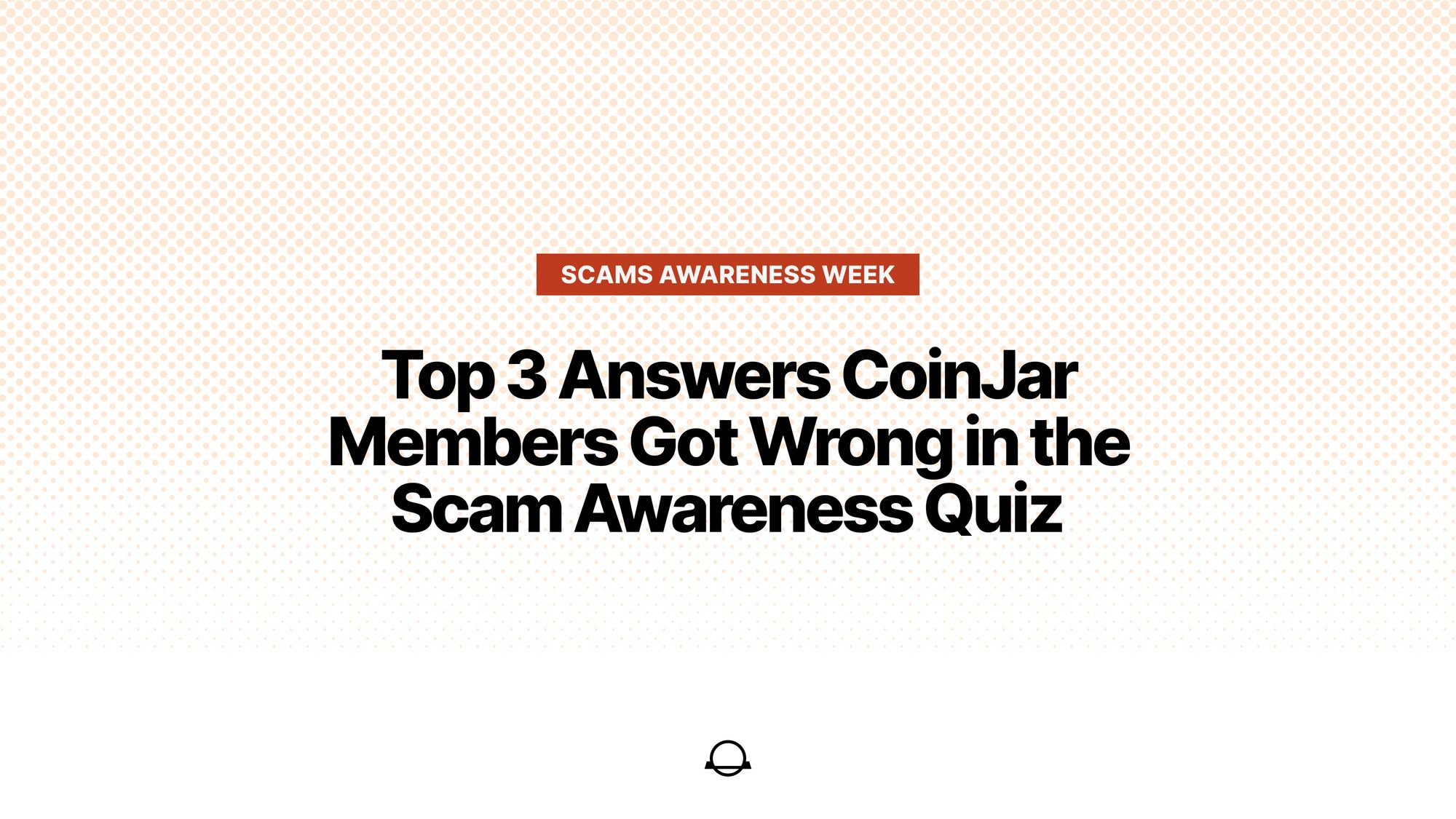My theory is that some people are just in crypto because their friends would make fun of them if they watched the Kardashians or Selling Sunset for their dose of drama. Fortunately, crypto never fails to deliver reality TV-type...
Story One
Drama in Cosmos

My theory is that some people are just in crypto because their friends would make fun of them if they watched the Kardashians or Selling Sunset for their dose of drama. Fortunately, crypto never fails to deliver reality TV-type cringe or entertainment. This time, things heated up in the Cosmos ecosystem. Cosmos is an ecosystem of independent chains going about their business but connected through the central cosmos blockchain, secured by the Atom token.
Recently, a governance vote was approved that would cut the inflation rate of the Atom token down to an average of 10%. Reducing inflation will eventually be good for token prices and encourage the use of Atom in DeFi for those wanting more. So, the yay-sayers argue. However, Cosmos founder Kwon wasn't having it. And to his credit, the vote was tight with 41% in favor and 31.9% against. Good thing that in crypto, we can just fork the chain.
Kwon proposes to fork the existing Atom, creating Atom and Atom 1. The best thing about this scenario is the promise of an airdrop, just like with Luna Classic.
Naturally, cosmos people weren't exactly thrilled by their founder coming back and proposing to fragment their community even further. Nevertheless, some of them like the idea, citing irreconcilable differences that could be resolved that way.
Takeaway: Crypto once again brings us a fascinating governance experiment. If history is anything to go by, one of these forks will become irrelevant rather quickly.
Story Two
An unhinged hacker
If you just executed a complex exploit on a DeFi protocol, draining it of more than $50 million, do you lay low or go all in sending onchain messages to the company you exploited? While most of us would opt for the first option, hoping not to be discovered by law enforcement, this hacker is built differently. After ridding KyberNetwork of more than $50 million worth of crypto, the hacker told the team he needed to rest first before entering negotiations.
In response to the hack, the KyberNetwork DAO offered 10% of the funds as a bounty for returning users' funds, yet the hacker, who calls himself "Kyber Director," wasn't impressed. His counteroffer was sent on-chain and outlined his demands, including gaining control over the company and the governance mechanism. Kyber Director further clarified it was his final offer, and if not accepted before December 10th, the "treaty" would fall through.

Takeaway: If you want to run a company but can't be asked to do the hard work, why not just exploit one and force them into coercion? While it'd be interesting to watch, chances are this hostile takeover won't succeed because getting control over a company still requires some level of personal identification.
Story Three
A controversial L2
L2s have become so common that we just shrug our shoulders and move on with our days when yet another one launches. With Blast, things are different. This Layer-2 has already accumulated more than $600 million in value locked - which is close to the entire TVL in Solana - months before it's scheduled to go live.
The innovation in Blast is at the financial level at best, as it offers to stake users' funds in Lido and return ETH rewards. Add to that a Tupperware-type pyramid scheme where influencers get unlimited invites (points), and the promise of an airdrop and crypto degens will hand you all their money.
Before you FOMO in, though, don't forget that currently, there is only a one-way bridge, and you aren't depositing into a Layer-2 but a 3/5 multisig. ?
Needless to say, their main investor, Paradigm, wasn't amused as this wasn't good for their Giga brain image.
Takeaway: Crypto investors love their investments like I like my men. Full of red flags with the outlook of quick rewards and a rollercoaster ride.
 Fact of the week: The term red flag dates back to the 18th century when red flags started being used in warfare to signal danger or an army preparing for battle. Eventually, it found more metaphorical use, indicating the need for caution.
Fact of the week: The term red flag dates back to the 18th century when red flags started being used in warfare to signal danger or an army preparing for battle. Eventually, it found more metaphorical use, indicating the need for caution.Naomi for CoinJar
UK residents: Donít invest unless youíre prepared to lose all the money you invest. This is a high?risk investment and you should not expect to be protected if something goes wrong. Take 2 minutes to learn more: www.coinjar.com/uk/risk-summary.
Cryptoassets traded on CoinJar UK Limited are largely unregulated in the UK, and you are unable to access the Financial Service Compensation Scheme or the Financial Ombudsman Service. We use third party banking, safekeeping and payment providers, and the failure of any of these providers could also lead to a loss of your assets. We recommend you obtain financial advice before making a decision to use your credit card to purchase cryptoassets or to invest in cryptoassets. Capital Gains Tax may be payable on profits.??
CoinJarís digital currency exchange services are operated in Australia by CoinJar Australia Pty Ltd ACN 648 570 807, a registered digital currency exchange provider with AUSTRAC; and in the United Kingdom by CoinJar UK Limited (company number 8905988), registered by the Financial Conduct Authority as a Cryptoasset Exchange Provider and Custodian Wallet Provider in the United Kingdom under the Money Laundering, Terrorist Financing and Transfer of Funds (Information on the Payer) Regulations 2017, as amended (Firm Reference No. 928767).














